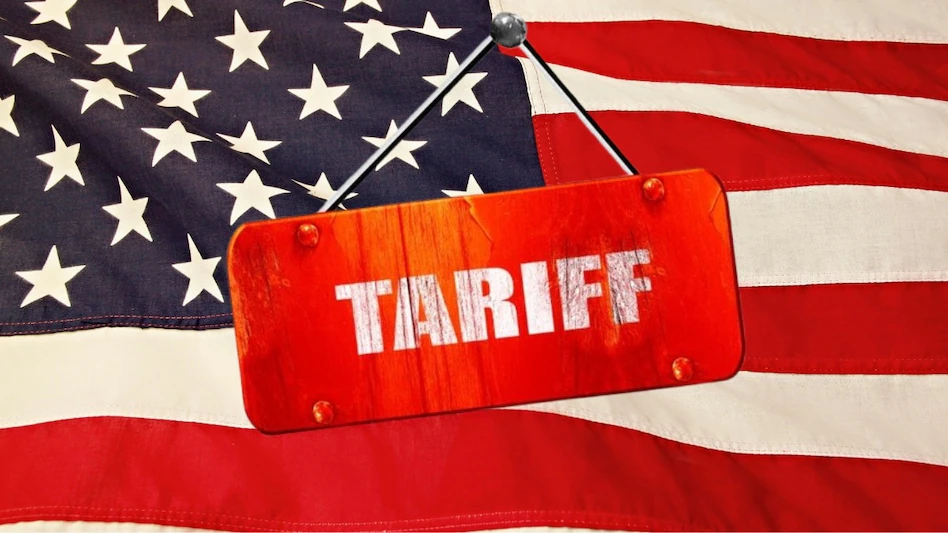Khalid Masood Khan
Pakistan’s recent lunar mission, piggybacking on China’s Chang’e-6 mission, has caused more enthusiasm among Pakistani officialdom, but was met with an apparent deafening silence among the Pakistani people. Perhaps one reason was that it did not provide any of the world firsts that have been a staple of the space race, ever since the USSR put Mankind’s first object into space, the satellite Sputnik, in 1957. Compared with the first Man in Space (the USSR, 1961) or the first Man on the Moon (the US, 1969), a camera to photograph the Dark Side of the Moon doesn’t really cut it. It might be more worthwhile to examine the latest moon probe through the lens of the Indo-Pak rivalry.
India’s successful launch of three Chandrayaan missions since 2015 likely prompted Pakistan to plan its own lunar venture in collaboration with China. The groundwork for this partnership may have been laid as early as 2008, when India initiated its Chandrayaan missions. The Chinese Chang’e-6 mission, which carried Pakistan’s IceCube-Q, is a testament to China’s growing influence in the global space race and its strategic partnership with Pakistan.
It is worth noting that the real rivalry is Sino-Indian. India has already done what China hopes to do, and study the Far Side of the Moon. The US-Soviet rivalry played out on the Near Side of the Moon. The Chang’e missions, which started in 2007, are supposed to culminate not just in crewed landings, but the establishment of a moon base. This is scheduled to take place sometime in the 2030s.
China already has 22 ‘taikonauts’ (Americans are called astronauts, the USSR’s spacemen cosmonauts). Pakistan has one, but she is actually an astronaut, being a passenger on the first Virgin Galactic flight in 2023. The first Indian who actually made it to space was an Indian Air Force squadron leader, Rakesh Sharma, who was on the Soyuz satellite in 1984, as part of a programme for foreigners to become cosmonauts. Sharma remains the only Indian citizen to have gone into space, though two US citizens of Indian origin have.
It is perhaps the funds issue which is stopping individual European powers from attempting pace programmes of their own. Even though they have formed a European Space Agency, while retaining individual space agencies, that is piggypacking on the Chang’e-6 mission to put instruments on the moon. It might also be noted that the USSR did not put anyone on the moon, and the USA remains the only country to have achieved that expensive feat.
Scientists are always ready to align with such great-power ambitions, as their primary focus is on serving science. The amount of data that China and India are bringing to the table about the far side of the moon may or may not be comparable to that generated by the USA during the 1945 nuclear explosions, but it will undoubtedly be immense. This data will be of immense interest to astronomers and may not be directly relevant to microbiologists, but that is the nature of science. It has always piggybacked on political ambitions throughout history, driving us to new frontiers of knowledge and understanding.
The great-power ambitions of India were expressed by its entry into the nuclear club. Pakistan was different, as it became a nuclear power without having any great-power ambitions, solely to counter India. India is looking at other avenues to prove itself, such as by developing second-strike capability through at least a sea leg of nuclear triad (through nuclear submarines), and now through moon landings.
Pakistan does not have much choice. It has previous experience of playing second fiddle to China in mastering a new technology, in the JF-17’s development. In matters of technology, the USA has kept Pakistan on a tight leash, and has excluded it from its space programme. The realm of space cannot be avoided. But it does not seem Pakistan is ready. Its space programme cannot afford to be driven by any parochial rivalry. From space, the whole earth appears small, let alone the countries on it.
One of the main problems will be expense. To give an idea of how much a space programme can cost, it should be kept in mind that the cost of the moon landing was $25 billion in 1969, which would have been $182 billion in 2023. There are definite costs of being first, but even the cost of replicating and modifying are immense.
This raises a question about national identity. The 19th century saw the development of the idea that a nation needed a homeland of its own. That was the basis of the unification of first Italy and then Germany. It was the ideological platform on the basis of which the European empires were dismantled after World War II. Does it demand a space programme, a lunar base? Why is it that powers of immense power, but which have severe internal problems, like India, are going to the moon when the USA is looking at Mars?
There was a joke which had currency for a while on the Lahore stage, that Pakistan would ultimately inherit the earth. Because the advanced countries would be empty, everyone having gone into space. That seems to be the play-book the USA is following. It has got a headstart on everyone else, and can exploit the moon while India and China do things it had done half a century ago. By the tie the moon is played, it can throw them the scraps and head to Mars. When Mars is exhausted, where will it head? To Jupiter? Or the stars?
In conclusion, while the Indo-Pak rivalry may have influenced Pakistan’s lunar mission, it is crucial to consider the broader context of the global space race and the potential benefits and costs of participation. While Pakistan may not have the resources or capabilities to compete with major players like China, India, and the US, it can explore opportunities for collaboration and cooperation with other countries. This approach cannot only advance scientific knowledge and technological innovation but also foster a spirit of curiosity and discovery, transcending nationalistic or political ambitions.

















